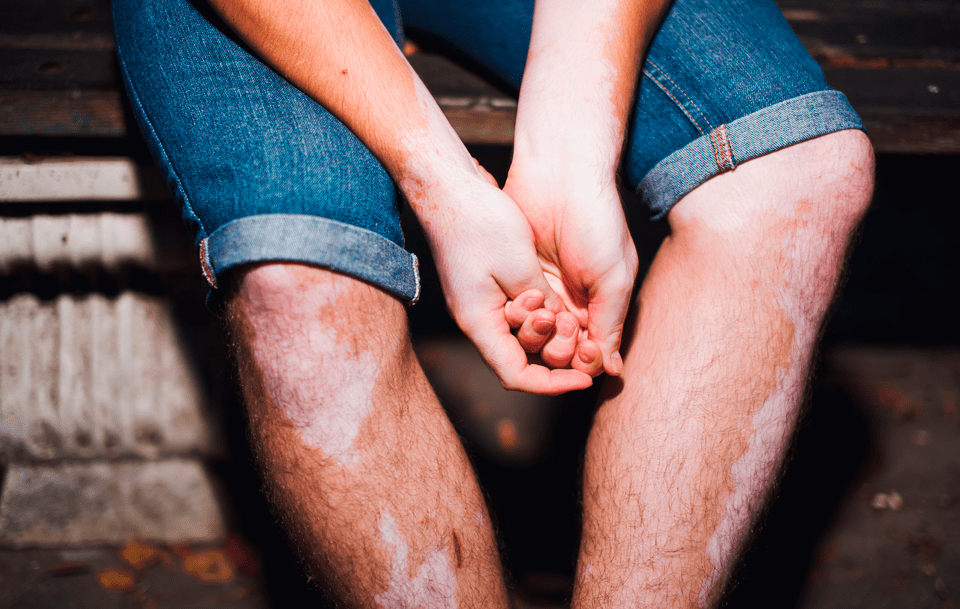Vitiligo
Vitiligo is a skin disease that causes white spots on different parts of the body. This disease occurs when melanocytes are destroyed, which are cells that produce the color or pigment of the skin. Vitiligo can also affect the eyes and mucous membranes.
It is not known exactly what the origin of this condition is. Some scientists argue that it is an autoimmune disease in which the immune system destroys the melanocytes of the skin. They also believe that one or more genes are responsible for increasing the probability of one suffering from the disease.
Others think that a particular event, such as a sunburn or emotional stress, can cause the onset of vitiligo. However, the exact origin has not yet been established.
Many people develop the disease between the ages of 20 and 30, but it can occur at any age. The disease affects both men and women of all races equally; However, it is more noticeable in people with dark skin.
Individuals with certain autoimmune diseases (such as hyperthyroidism and hypothyroidism) are more likely to suffer from vitiligo than those who don’t.
Vitiligo can also be hereditary. Children whose parents suffer from this disease are more likely to develop it. However, it doesn´t mean that whenever a parent suffers, the child develops it.
There is no way to know if vitiligo will spread or not. In some people white spots do not spread, while in others they spread to other areas of the body quickly or very slowly over the years. Some people have reported having more white spots after being under physical or emotional stress.
The treatment, in general, is difficult due to the not certain knowledge of the origin. The most common is oral or topical administration of corticosteroids. Tacrolimus (Protopic) given topically and those that can induce a color recovery are the combination of Kellina with ultraviolet A and/or B radiation.
Not all treatments are suitable for all people. Many of the treatments may have unwanted side effects, which is why we always recommend visiting the dermatologist for better diagnosis and treatment.

